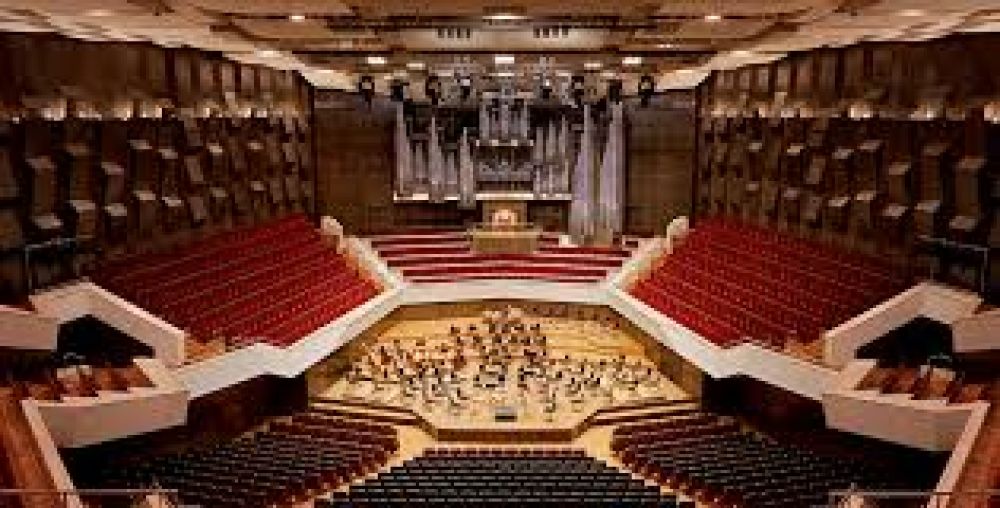

The Gewandhaus Concert Hall, situated in Leipzig, Germany, is one of the most distinguished musical institutions in the world. The origins of the Gewandhaus can be traced back to the 18th century. The name "Gewandhaus" literally translates to "Garment House" in English, as the concert hall was initially a part of the city's textile trade. Over the years, the hall would shift its identity, predominantly focusing on the musical culture for which Leipzig is renowned.
The first concerts of what would become the Gewandhausorchester, began around 1743 within the confines of the original Gewandhaus. In 1781, the orchestra officially adopted the name Gewandhausorchester. The orchestral and choral concerts quickly gained acclaim and became a vital component of Leipzig's cultural life. The original hall underwent reconstruction and expansion several times to accommodate the growing audience until a new hall was deemed necessary.
Constructed in 1884, the second Gewandhaus was an architectural marvel of its time. Sadly, it was destroyed during World War II. The current and third Gewandhaus debuted in 1981, as a state-of-the-art concert venue, reinforcing Leipzig's status as a city of music. It continues to draw visitors from around the world.
Leipzig's Gewandhaus Concert Hall is inseparable from the history of classical music. Famed composers like Felix Mendelssohn Bartholdy, who took the role of music director in 1835, solidified the orchestra's reputation. This tradition of musical excellence continues to this day, with contemporary music directors bringing fresh interpretative skills to classical pieces.
Moreover, the concert hall's close association with the Leipzig University of Music and Theatre provides an educational dimension to its operations, offering students a world-class venue for performances and learning opportunities from visiting maestros.
The Gewandhaus remains an essential stop on any music lover's itinerary when visiting Leipzig. Its programming ranges from symphony concerts to chamber music and special events. The architecture of the modern Gewandhaus, while distinctly contemporary, is imbued with historical touches that pay homage to its past, such as the iconic Grosser Saal's ceiling fresco which depicts the history of the orchestra.
Recent years have seen the development of interactive and multimedia tours allowing visitors to delve into the world of classical music and the intricate workings of the concert hall, a testament to how the Gewandhaus blends tradition with innovation.
Latest Tourism Trends: In the wake of the digital age and the challenges posed by the global pandemic, the Gewandhaus has embraced streaming technology, providing virtual access to concerts and expanding its international audience. As travel resumes, there is an emerging trend of combining live concert attendance with online engagement, which allows tourists to prepare for their visit by exploring the orchestra's rich history and current lineup from afar.
The Gewandhaus Concert Hall remains one of the paramount symbols of Leipzig's musical heritage. Its commitment to preserving the classical tradition while continually innovating has kept it a vibrant cultural venue and a must-visit destination for anyone interested in the history and ongoing story of European classical music.